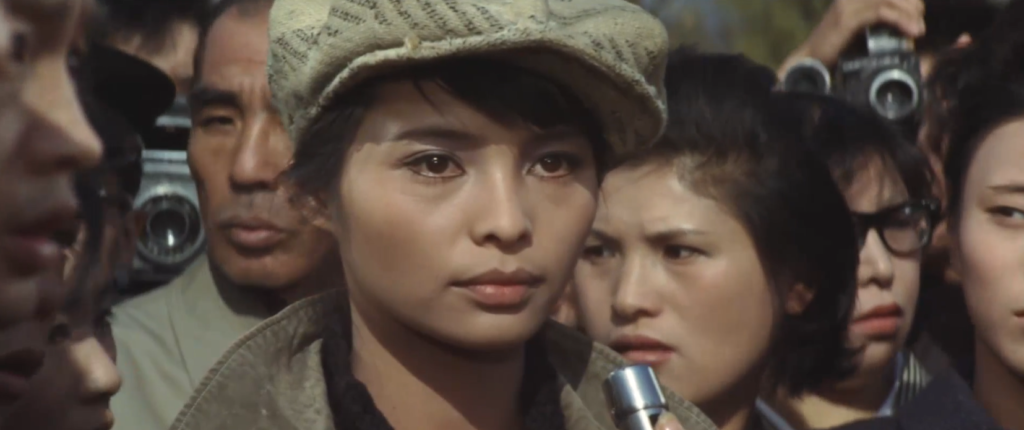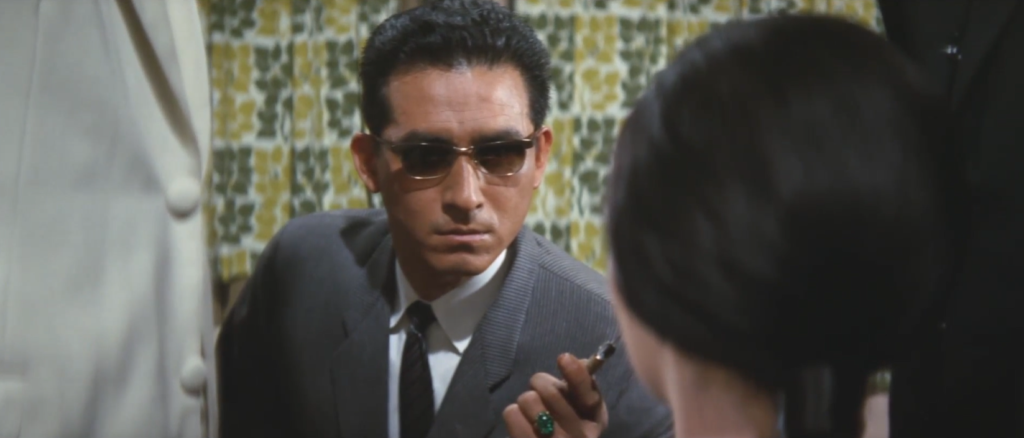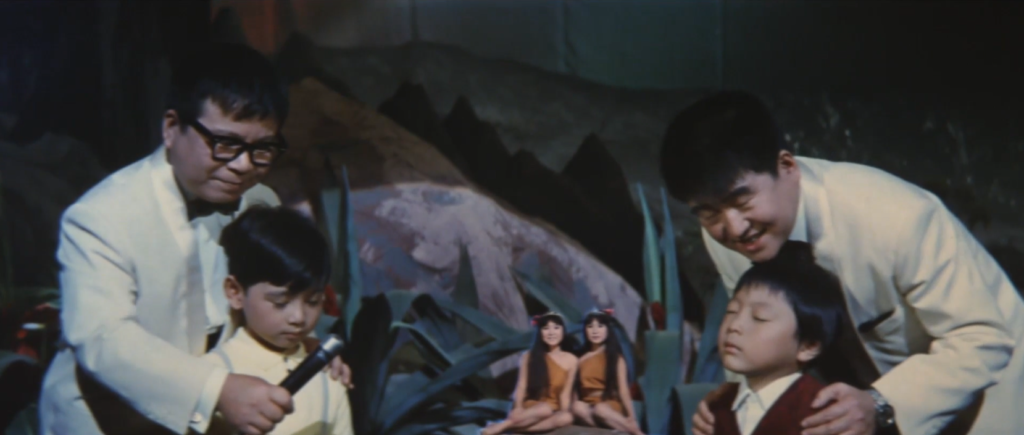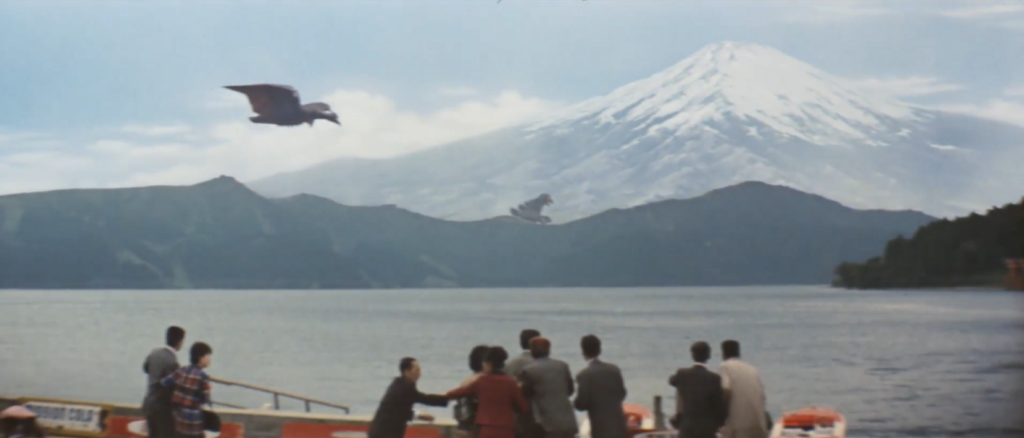Ghidorah, the Three-Headed Monster (1964)
“It’s getting strange; the Earth is going mad.”
|
Synopsis: |
|
Genres, Themes, Actors, and Directors:
Review: The human-driven portions of the storyline are surprisingly jam-packed and fast-paced, with Princess Selina’s (Wakabayashi’s) weird story alone enough to fill an entire narrative, given her catatonic amnesia, claims of being a Venusian, and sudden somber prophecies: … as well as constant assassination attempts made on her life by sunglasses-clad Malmess (Hisaya Itô) and his crew: The inclusion of no less than four kaiju monsters simply adds to the density of the overall storyline — and it’s quite hilarious not only watching Rodan and Godzilla fight pettily with each other (Rodan picks Godzilla up and drops him down on an electrical tower; Godzilla throws and kicks rocks non-stop at Rodan), but Mothra’s attempt to intervene, first by spinning silk at both of them (!) and then diplomatically urging them to unite against a common enemy, Ghidorah. We’re also treated once again to the delightful Twin Fairies of Infant Island, first (re)introduced through a “Where Are They Now?”-type game show: It’s all silly, colorful, and fanastical, and will surely appeal to fans of the genre — but it isn’t must-see for all film fanatics. Notable Performances, Qualities, and Moments: Must See? Links: |







One thought on “Ghidorah, the Three-Headed Monster (1964)”
First viewing (12/27/21). Not must-see but will certainly be of interest to ‘kaiju’ fans. As per my post in ‘Revival House of Camp & Cult’ (fb):
“We can only do our best and prepare for death.”
‘Ghidorah, the Three-Headed Monster’: Seemingly written by a couple of desperate Japanese writers during a long, lost weekend of sake, this Ishirō Honda kaiju classic has a plot that is… oh, who cares? It’s kaiju!!!
Toho Studio – which gave us films focused individually on the likes of Godzilla, Rodan and Mothra – must have thought, ‘Why have just one monster in a monster movie when you can have FOUR?!’ Thus, we have a film in which the three aforementioned terrors are called on to join forces (they actually have an entire monster-language conversation about this!) to save Earth and humans from the intransigent Ghidorah. (At first, Godzilla balks at the idea of saving humans, saying “Humans are trouble.”!)
All of this is tied together (inexplicably) by the intervention of the singing twin fairies of Infant Island (don’t ask) as well as the film’s overall voice of doom: a princess / prophet who warns everyone that The End Is Near! (Maybe a second viewing would make specifics clearer to me but… it’s kaiju!)
This film acts as a sort of travelogue of Japanese cinema history. In the first half, there are placid scenes at homes, restaurants and offices that may remind the viewer of the work of Ozu. … Hot on the trail of the princess, with intent to kill, is a gang of thugs who seem to have escaped from a Seijun Suzuki crime flick. … As for the princess, her demeanor is much like that of the princess in Kurosawa’s ‘The Hidden Fortress’: staunch.
(Another nod to Kurosawa is the appearance of Takashi Shimura – of ‘Seven Samurai’ and ‘Ikiru’ – as a psychologist. …Handsome co-star Hiroshi Koizumi also used to appear in real movies, memorably in Naruse’s ‘Late Chrysanthemums’.)
Most impressive here, ultimately, is Ghidorah – who looks rather directly inspired by the work of Ray Harryhausen. The uber-monster’s climactic battle with his rivals-in-silliness is as ditzy as a playground tussle. But then… Honda never denied that he made his films for children.